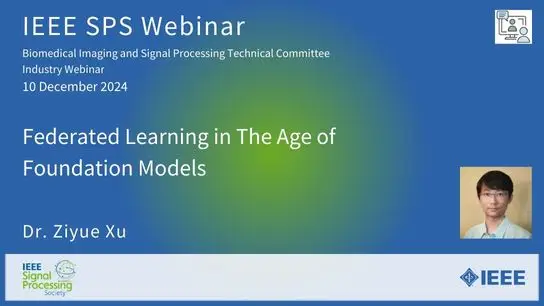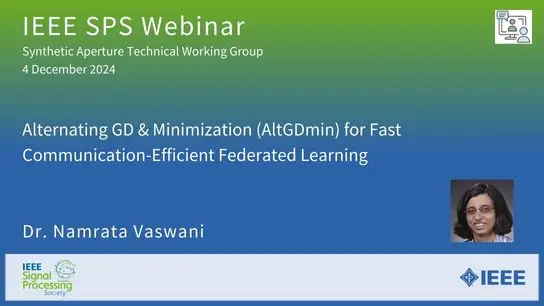Optimal Robust Adaptive Beamforming Design Problems with Nonconvex and/or Convex Uncertainty Sets
Yongwei Huang, Sergiy A. Vorobyov
-
Members: FreeSPS
IEEE Members: $11.00
Non-members: $15.00Length: 01:29:10
24 Sep 2024
In this webinar, we first briefly present the history of most significant developments in optimization-based robust adaptive beamforming (RAB). It motivates a formulation of the RAB problem in terms the worst-case signal-to-interference-plus-noise ratio (SINR) maximization under a nonconvex uncertainty set for the steering vectors and a convex uncertainty set for the interference-plus-noise covariance matrix, which is the focus of the webinar. The former uncertainty set consists of a similarity constraint and a (nonconvex) double-sided ball constraint while the latter uncertainty set includes a sphere and a positive semidefinite constraint. This problem clearly is nonconvex. To tackle it, the worst-case SINR maximization problem is turned into a quadratic matrix inequality (QMI) problem using the strong duality of semidefinite programming. Then a linear matrix inequality (LMI) relaxation for the QMI problem is proposed, with an additional valid linear constraint. Necessary and sufficient conditions for the tightened LMI relaxation problem to have a rank-one solution are established. When the tightened LMI relaxation problem still has a high-rank solution, the LMI relaxation problem is further restricted to become a bilinear matrix inequality (BLMI) problem. Thus, we propose an iterative algorithm to solve the BLMI problem that finds an optimal/suboptimal solution for the original RAB problem by solving the BLMI formulations. Then, simulation examples are presented to showcase the improved array output SINR of the proposed robust beamformer. If time is permitted, we will present some more recent results on RAB design with robust sidelobe level control.


